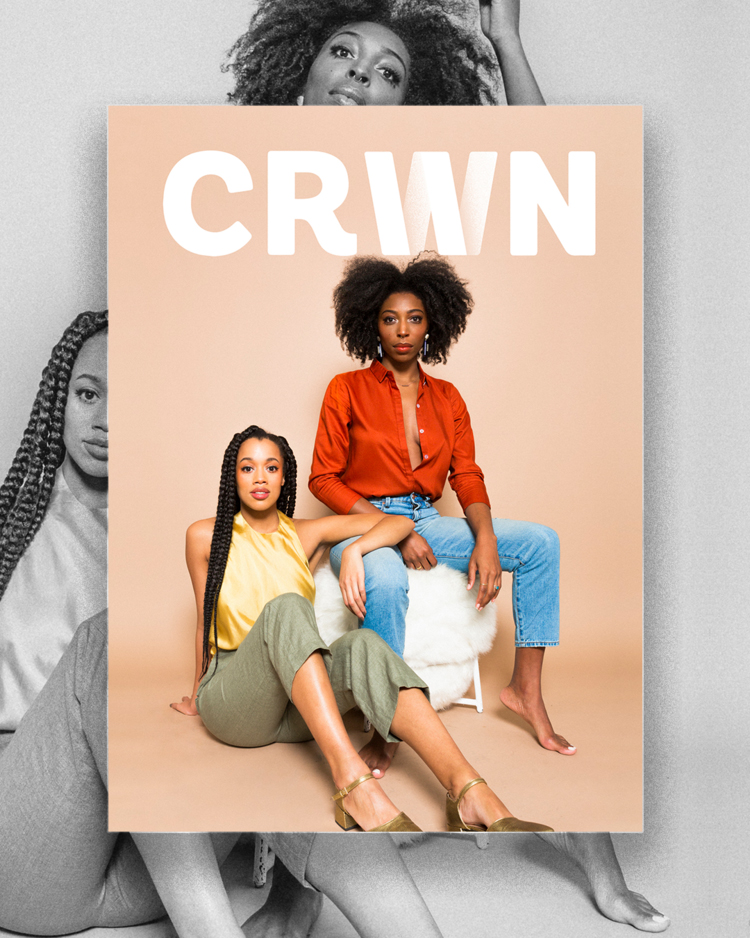 “Your little cousin can pick it up, your grandma can pick it up, and see themselves in.”
“Your little cousin can pick it up, your grandma can pick it up, and see themselves in.”
For Zarna Surti, publisher of the newly launched journal Tonal, that’s a key reason why the response to their new title has been “incredible.”
“I think it is so important for young girls to be able to open up a book and identify with women because I didn’t have that experience. And I think a lot of other women of color can relate,” Surti explained to Channing Hargrove in Refinery 29.
As the swing toward niche publications continues, this idea is fueling the growth of several titles designed for woman of color and multicultural backgrounds. And print is the medium in which they are thriving.
“I think people just crave something tangible,” Lindsey Day, the editor-in-chief and co-founder of CRWN magazine, told Hargrove of her decision to start a print lifestyle magazine in 2014.
She’s right; the craving for real is undeniable and humans place a higher value of the physical, something we can “own.” And for women who have previously been under-represented in the magazine industry, this makes the tangible appeal even more compelling.
“People are collecting vinyl records and cassette tape,” Day explains. “There is a market for everything but I think particularly, [Black women] never saw ourselves in print like that. There is something about seeing ourselves in the permanence of print, and we deserve it. We crave seeing that.”
As the niche trend in women’s titles becomes more entrenched, the publishing philosophy of women like Day and Surti also supports a solid business model. Advertisers are realizing that the highly targeted consumer promised by digital is basically a unicorn, and are turning back to print to find and engage with their specific demographic.
“A lot of mainstream magazines that were geared toward trying to please everyone, or white women, rather,” said HANNAH magazine creator Qimmah Saafir. “However, I was able to see that when you speak specifically to a target demographic and you create something for them, they are going to support it.”
We are in the midst of a beautiful niche explosion in today’s magazine landscape. Why so much love for the indie? For many, it comes down to an unflinching and nimble focus on the reader relationship, as exemplified by HANNAH’s editorial direction.
Hargrove explains, “According to the magazine’s manifesto, HANNAH is meant to be a safe space for readers to simply ‘be;’ it’s an unapologetic celebration of Black women.”
Advertisers crave this kind of authentic platform, where relationships can be formed and fostered in a medium that elicits trust by its very nature. As the world grapples with issues of race, diversity and inclusion, our industry is serving as a platform for growth and change, both on a business level and a societal one. And that’s a beautiful thing indeed.
